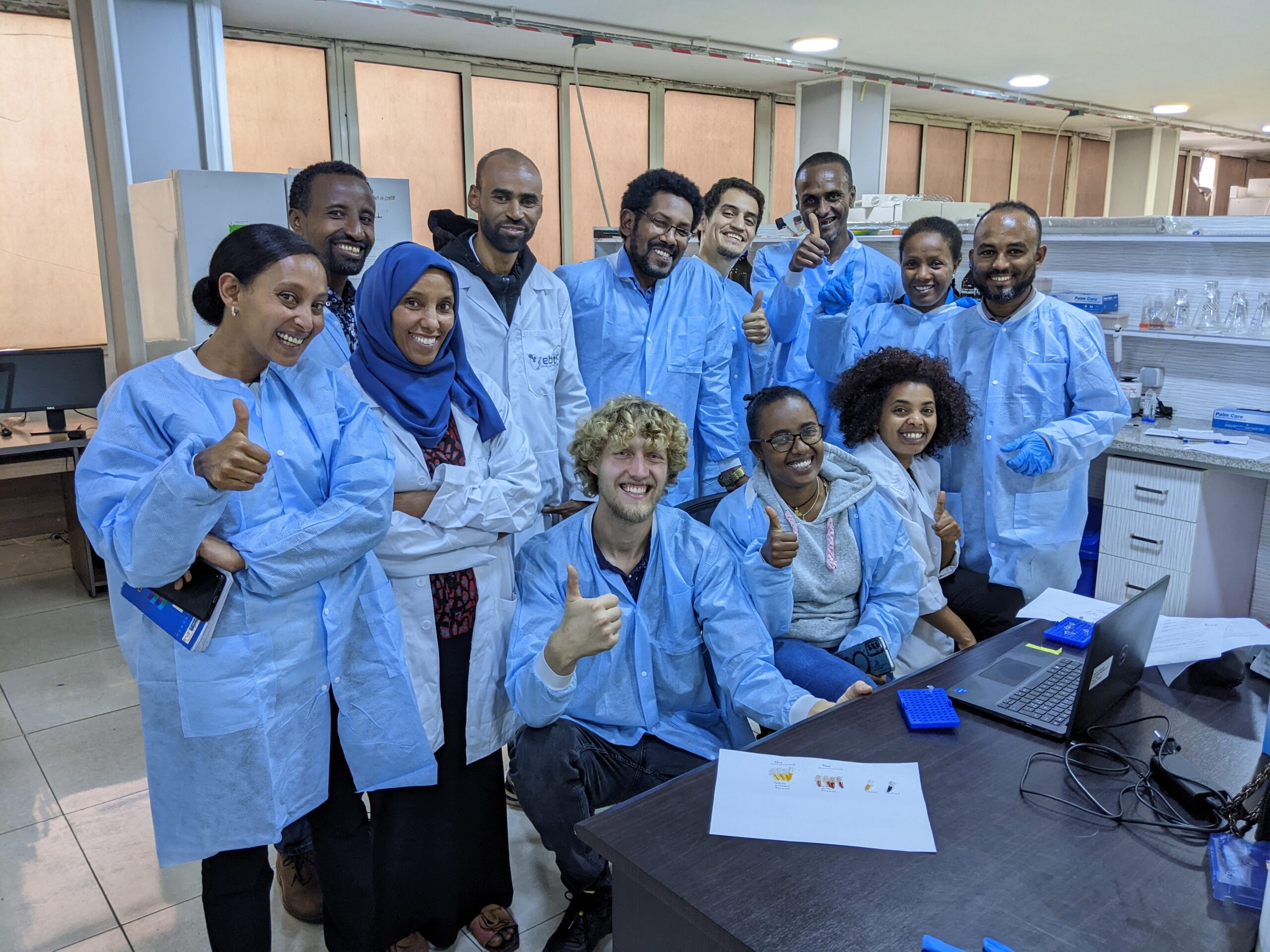Voluntary pledges to make intellectual property broadly available to address urgent public health crises can overcome administrative and legal hurdles faced by more elaborate legal arrangements such as patent pools and achieve greater acceptance than governmental compulsory licensing.
Intellectual property rights (IPR) — patents, copyrights and similar forms of legal protection — relate to virtually every aspect of the COVID-19 response, from vaccines, diagnostics and therapeutics to medical equipment, tracking systems, software apps and other innovations1,2. Traditionally, IPR offers the developers of new technologies the exclusive right to exploit their innovations while recouping R&D and other expenditures. But IPR also gives its owners the ability to stop others from conducting research, as well as manufacturing and distributing products.
During the COVID-19 coronavirus pandemic, we and others have observed instances in which IPR restrictions, and even fear and uncertainty around IPR, have hindered effective research on vaccines and therapies, as well as the development, manufacturing and distribution of ventilators, testing kits, protective equipment and other medical supplies (referred to as “crisis-critical products”1).
COVID-19 differs from other recent public health crises — cancer, HIV/AIDS, Ebola virus disease, malaria, malnutrition — with respect to its sudden onset, its rapid spread, the lack of any known vaccine or cure, and resulting shortages of critical medical equipment. The convergence of these factors has prompted both governments and IPR holders around the world to seek ways to increase the availability of IPR necessary to combat the pandemic. Governmental compulsory licensing, IPR pools and voluntary IPR pledges have all been used in the past, though in situations that differ in important respects from the COVID-19 pandemic. Each is designed to result, to a greater or lesser degree, in a publicly accessible ‘commons’ of rights and technologies that are broadly available for use to support an important public health goal3. Here, we compare and contrast these differing approaches to IPR commons formation and assess their suitability to address the COVID-19 crisis.





